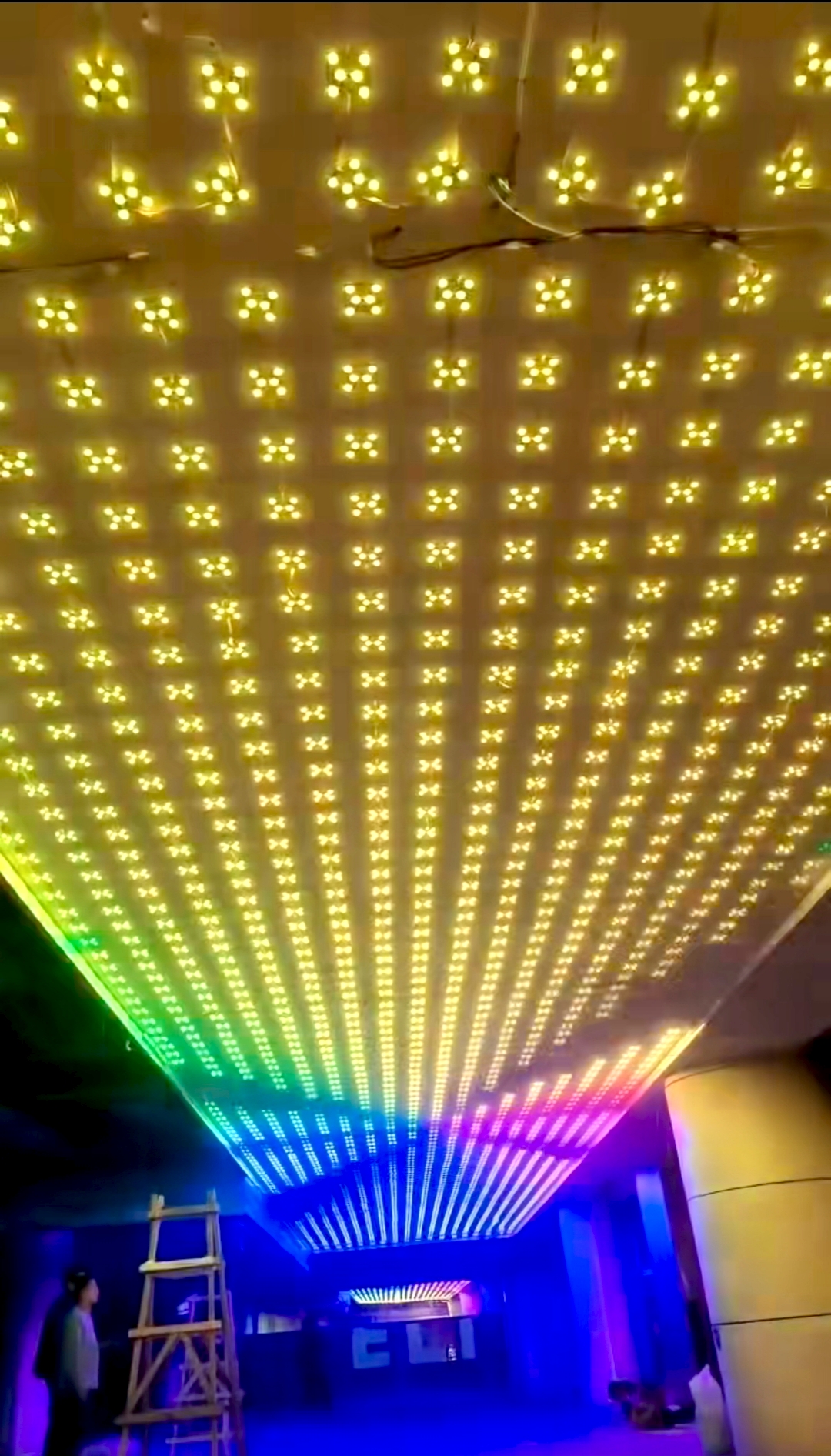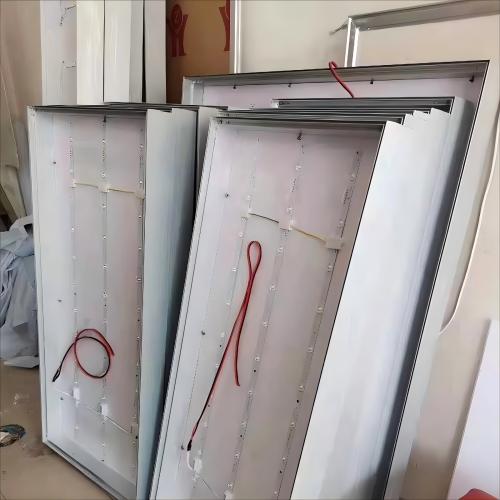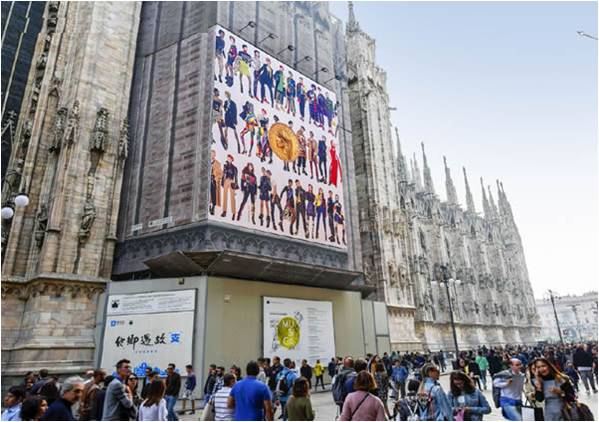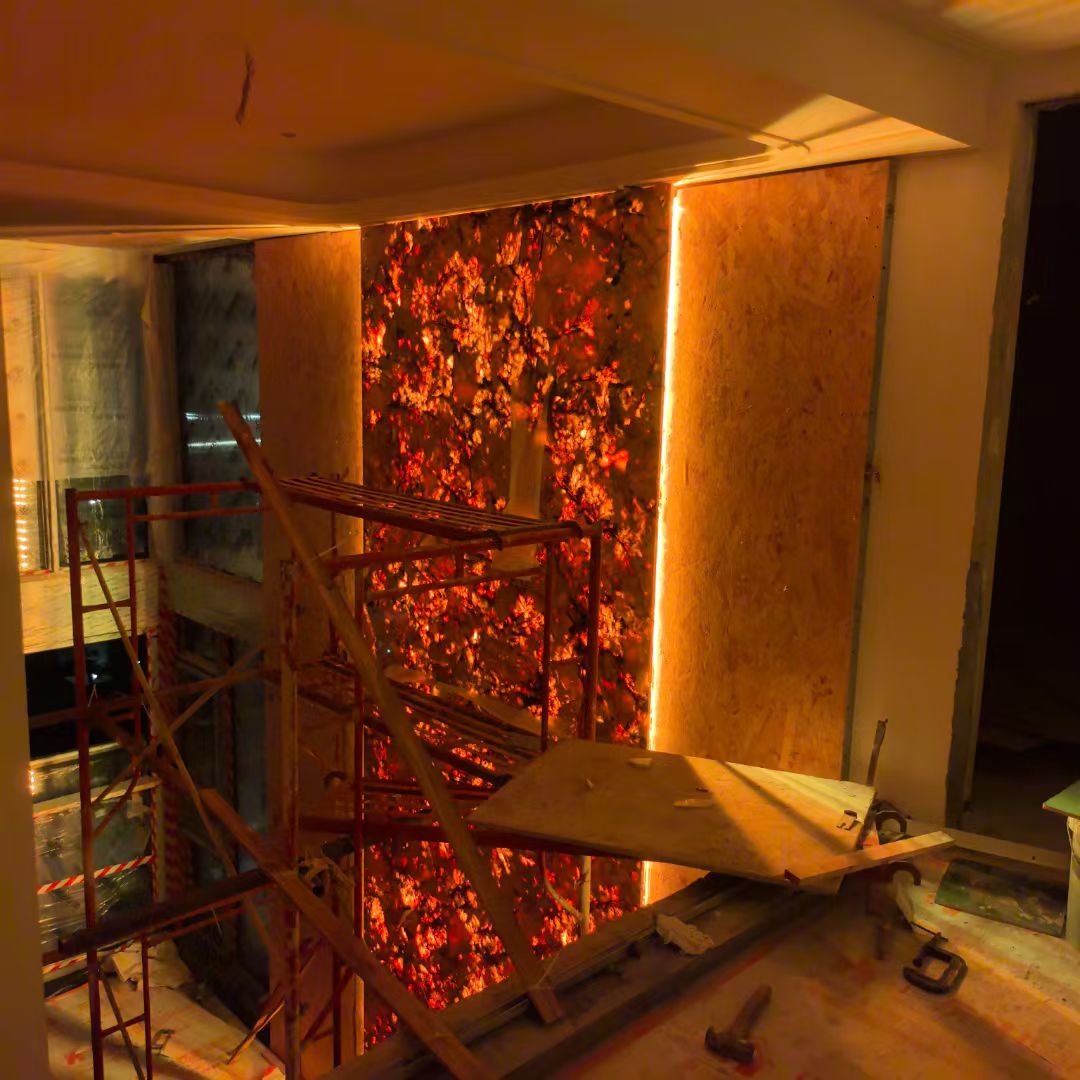LED Roller Strip: A Leading Innovator in Light Box Lighting Technology.
LED Roller Strip: A Leading Innovator in Light Box Lighting Technology.
Firstly, it is important to understand what led roller strip is.
The led roller strip is a type of LED lamp and lantern designed specifically for the internal lighting of advertising light boxes. The led roller strip utilizes LED strips and is composed of connected wires in parallel. Its design resembles blinds, leading to its other names: roller-shutter light, curtain light, or grid light. The standard lengths of roller shutter are 50 cm(6 LEDs/PC), 90 cm (12 LEDs/PC), 100 cm (14-16 LEDs/PC), and 120 cm (18-24 LEDs/PC). A single shutter contains 20-40 strips. Its core feature is that the light bar spacing can be adjusted according to the thickness of the light box, and through the parallel circuit to achieve no voltage drop, fast installation, and efficient lighting.We offer a variety of led roller strip lamp bead chips, including SMD2835, SMD3030, and SMD5730. Some of our lamp beads feature diffuse reflection technology and lenses, which effectively increase the angle of illumination while reducing the intensity of the light. This innovative design helps to minimize the occurrence of blinding spots, enhancing user comfort and safety. The led roller strip has a longer service life than traditional light bars and modules because it uses an aluminum substrate with a heat dissipation design, which reduces light decay.
Secondly, we have progressed from the modular dilemma to the curtain evolution.
The fundamental distinction between the led roller strip and the LED module originates in their structural and design differences. The following comparison will help to clarify this point:Thirdly, the technical advantages must be considered.
Thirdly, the technical advantages
1. A structural design revolution is underway.
The roller strip utilizes a "parallel circuit + curtain layout," similar to blinds, offering flexible spacing to accommodate varying thicknesses of the light box. Conversely, LED modules must be spliced in a box. There are three major defects to be aware of:(a) Seam shadow: the box is easy to form a dark and light fault at the splicing;
(b) Heat dissipation limitations: closed structure to accelerate light decay;
(c) Difficulty in capacity expansion: the whole module needs to be disassembled.
2. Energy saving and economy
Electricity saving: Take 10 square meters light box as an example, the annual power consumption of the roll-up strip is about 4500 degrees (90W/m), and the module is up to 8100 degrees, which saves more than 286 US dollars (243 euros) per year;Reducing the maintenance cost: Take Shanghai Hongqiao Airport as an example, the cost of replacing the roll-up strip is less than or equal to 5 US dollars (3.12 euros), and the replacement of the whole module requires more than or equal to 72 US dollars (61 euros). Module replacement requires a whole set greater than or equal to 72 US dollars (61 euros).
Fourthly, let us turn our attention to industry trends. In this section, we will discuss the reasons why the roll-up light bar is poised to be the future of this sector.
1. This product's customizable evolution feature allows for flexible adaptation from 50 centimeters to 120 centimeters in length. It also supports free combination of color temperature, including dual-color, triple-color, RGB, and RGBW, among others.
2. The intelligent integration of a dimming controller and a wireless knob switch allows for IoT control.
3. Production innovation, including single-lamp cutting and welding-free snap technology, has the potential to reduce production and installation costs by 30%.
In the final analysis, when light serves as the medium, reliability becomes the common language.
The led roller strip has become the mainstream choice of light source for advertising light boxes. Its modular design, energy-saving features, and scene-adapting flexibility make it a popular option. For manufacturers, it reduces production costs. For distributors and wholesalers, it increases their service capacity. For end customers, it balances brightness and energy consumption. In the future, with the continuous iteration of intelligent control and light efficiency technology, its application boundary will be further extended to the high-end commercial lighting field. As the renowned lighting company has stated, "Light box serves not only as a display carrier, but also as a medium for interaction between light and space."
 How to choose LED ceiling lighting: A comprehensive guide to LED soft ceiling lighting solutions
How to choose LED ceiling lighting: A comprehensive guide to LED soft ceiling lighting solutions
 What is the best solution for a thin lightbox with regard to the "rib pattern" issue that has been reported for AC110V/220V diffused roller light strips?
What is the best solution for a thin lightbox with regard to the "rib pattern" issue that has been reported for AC110V/220V diffused roller light strips?
 Case Study: An analysis of the practical impact and customer feedback regarding AC110V/220V diffused rigid light strips when implemented in the exterior wall application of large shopping malls.
Case Study: An analysis of the practical impact and customer feedback regarding AC110V/220V diffused rigid light strips when implemented in the exterior wall application of large shopping malls.
 Why do we recommend you 220V welding-free diffused roller rigid light strip for commercial high-end lighting?
Why do we recommend you 220V welding-free diffused roller rigid light strip for commercial high-end lighting?

